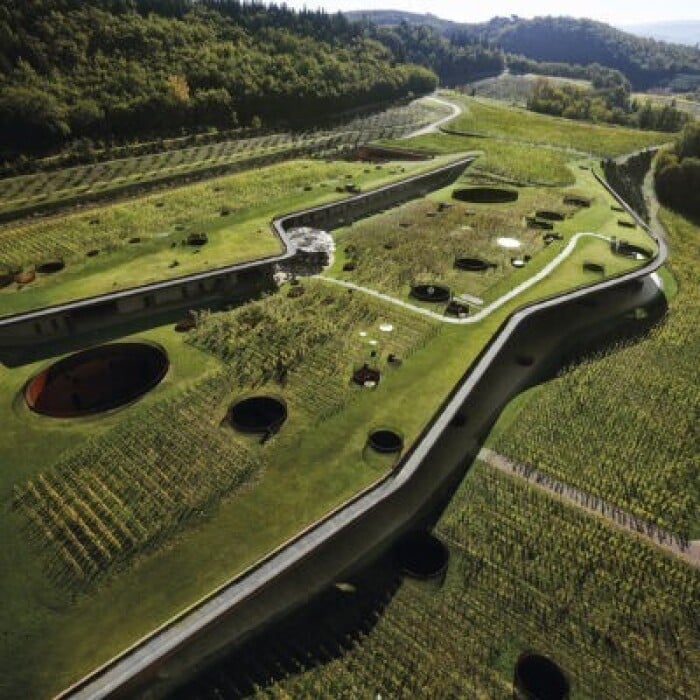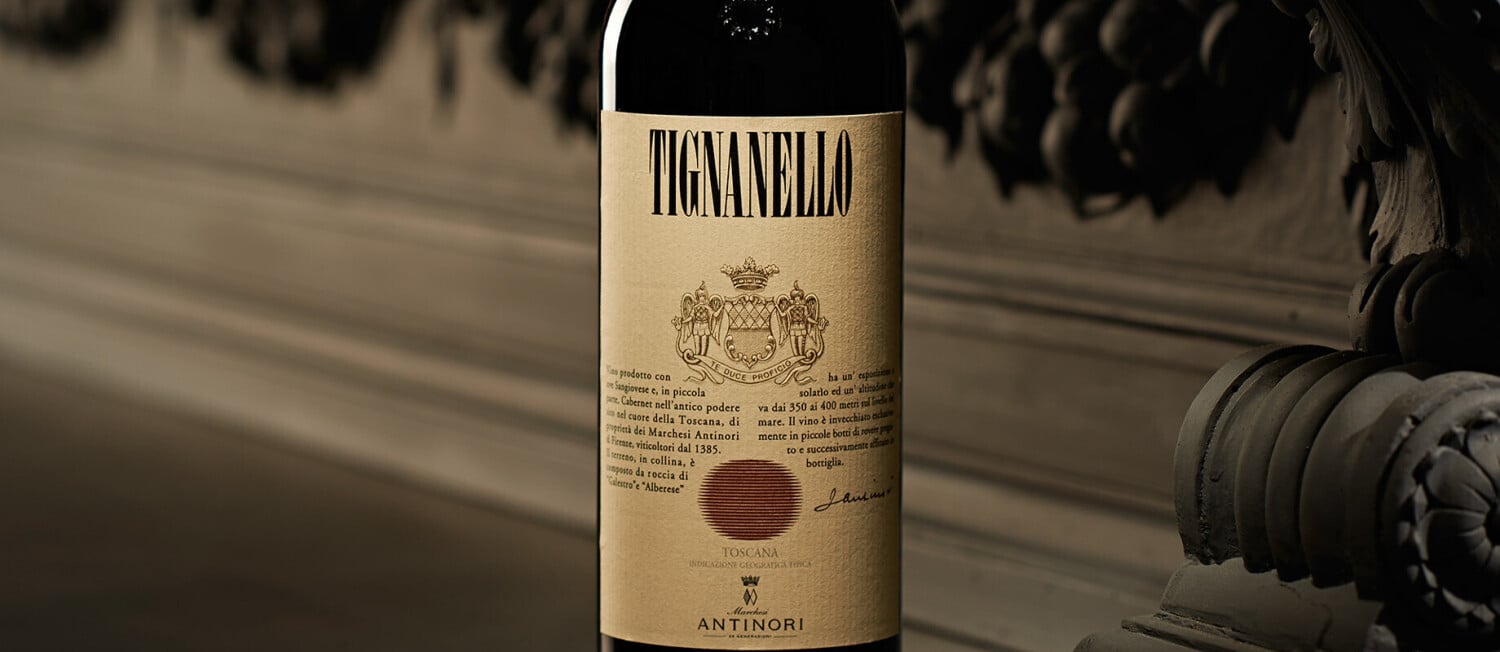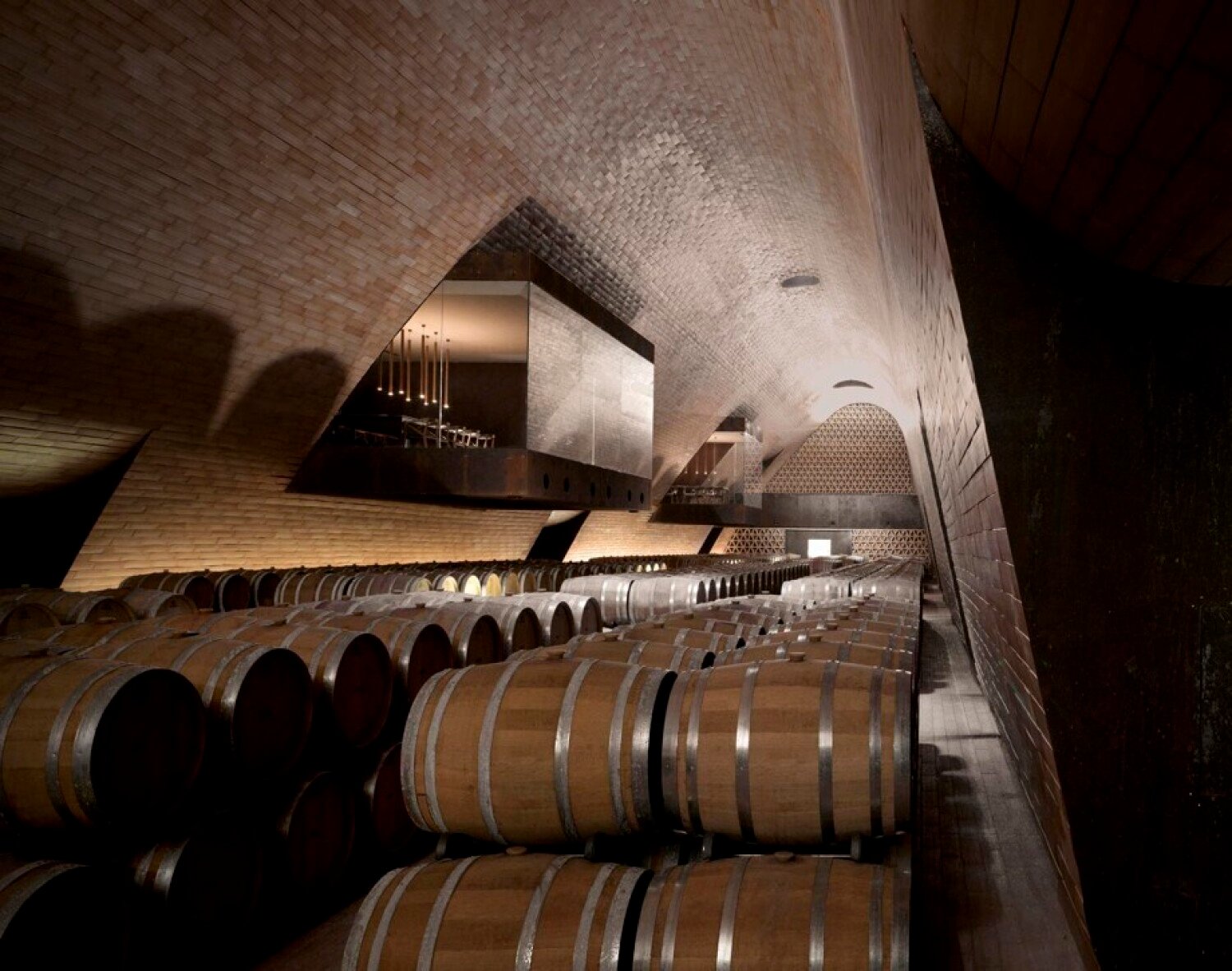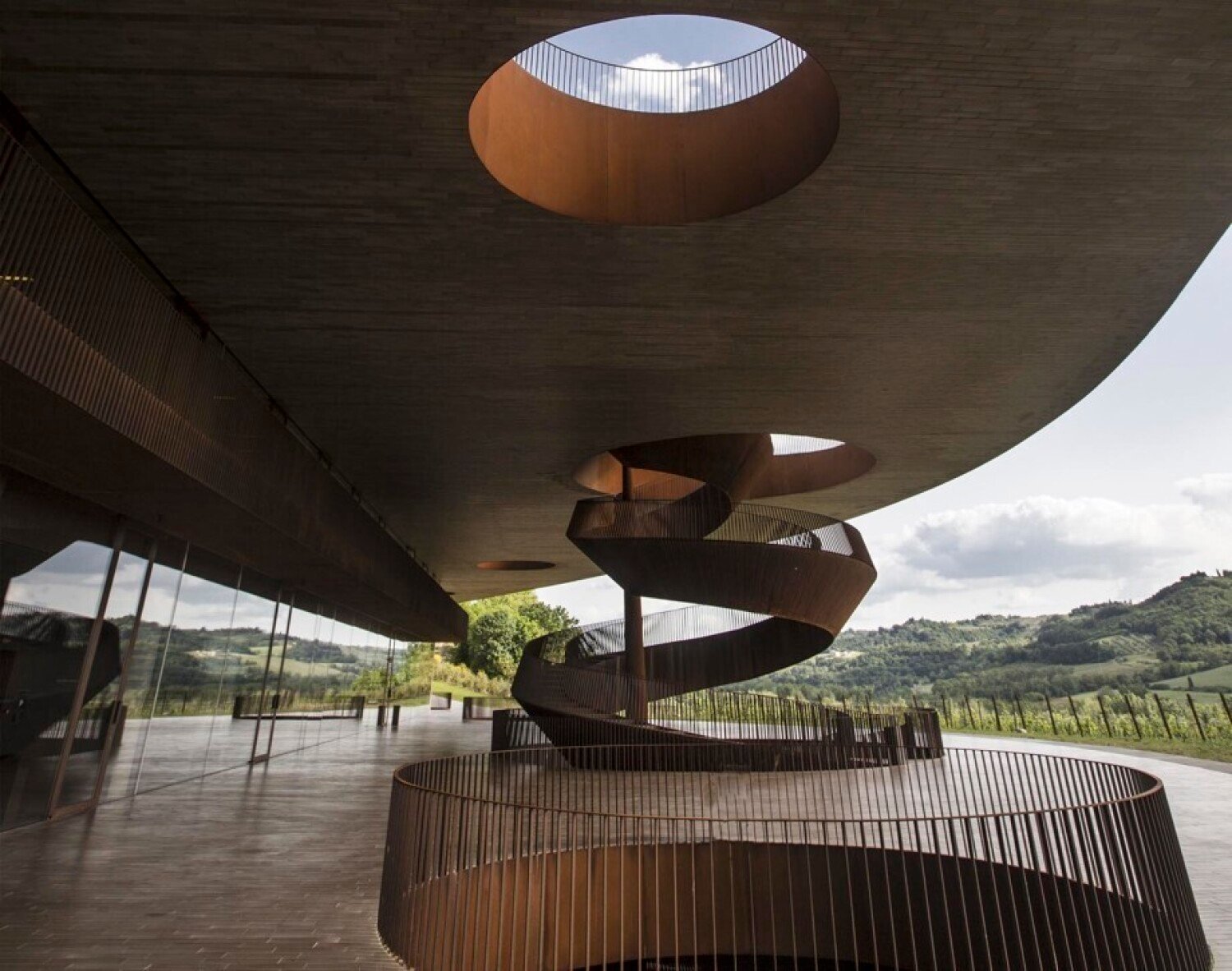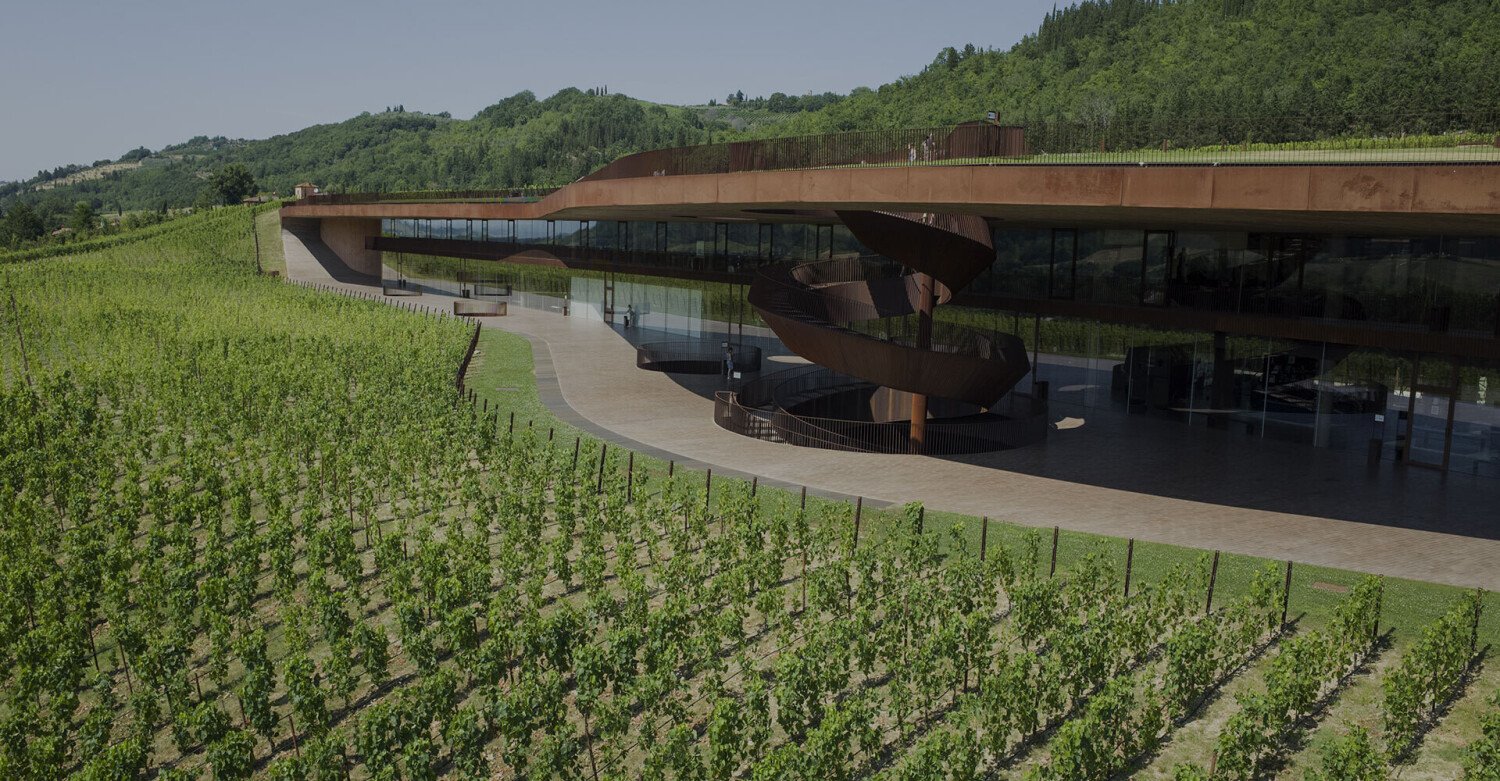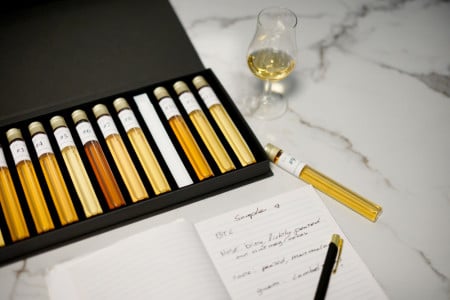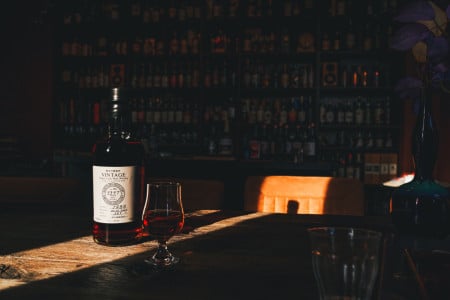It is not only the oldest, but also the most famous wine dynasty in Italy. We are talking, of course, about the Marchesi Antinori, who have been shaping the vinophile face of the country since the 14th century. But where does the noble wine family actually come from? What was the reason for their success? Why is the name Marchesi Antinori inextricably linked with the legendary Super Tuscans? Where does the family have wineries everywhere? And who actually runs the wine empire? All these and many more questions we will now address here.
1. Where do the Marchesi Antinori actually come from?
The romantic village of Bargino is located about 30 kilometers south of Florence in Tuscany. This is the home of the Marchesi Antinori, who were first mentioned in documents there in 1179. And even though Bargino is now home to a magnificent winery that forms the family headquarters, so to speak, not everything began for the Marchesi Antinori with viticulture. The Marquises were first and foremost landowners, merchants and bankers. From Florence, they traded in silk and wool and conducted banking business.
Wine was added to the list in 1385, thanks to Giovanni di Piero Antinori. He founded the first family winery in the Chianti Classico area of Tuscany. He thus laid the foundation for a vinophile success story. It must be admitted, however, that the Antinoris first took it easy when it came to wine. For a long time, the other businesses were in the foreground. Wine was made more or less as a sideline. And yet, over the centuries, the family was able to establish a very good standing among the Tuscan wineries. At that time, the heart of the production was above all the Chianti Classico. At least until the end of the 1960s. Then Piero Antinori, the 26th generation to head the family dynasty, revolutionized the Italian wine world with a big bang.
2. Why is Piero Antinori such a wine legend?
To understand how revolutionary Piero Antinori really was as a winemaker, one must first look at the rigid regulations in Tuscany in general and in the Chianti Classico area in particular. For there were strict rules. At that time, a Chianti Classico had to contain at least 70 percent Sangiovese as the red grape variety (today, by the way, it is 80 percent). International grape varieties such as Merlot, Cabernet Sauvignon or Cabernet Franc were strictly prohibited. And aging in barrique was also not permitted.
Piero Antinori was annoyed by these rigid statutes. Especially because the reputation of Chianti Classico was as good as ruined at that time. The wines were simply too flat, too arbitrary, too plain. In short: too bad. And nothing could be done about it because of the corset of laws. So Antinori blew the whistle on the regulations. Together with his oenologist Giacomo Tachis, he cultivated Cabernet Sauvignon and Cabernet Franc in the Chianti Classico upland valley of Val di Pesa. The first harvest took place in 1971, and the first wine was launched on the market in 1974. The Tignanello. A cuvée of Sangiovese, Cabernet Sauvignon and Cabernet Franc. A wine that violated all regulations, especially since it was also aged in barrique. A scandal! This simple table wine - as it had to be called due to the violations of the rules - quickly caused a sensation. To this day, it is considered the second Super Tuscan (after Sassicaia) and is one of the world's great wine icons.
3. What makes Tignanello so special?
We have already told you the exciting story of how this Super Tuscan wine came into being. Breaking the rules may attract attention, but it does not make a wine such an icon. So let's take a closer look at this very special growth.
The Super Tuscan is named after the vineyard where the vines for this growth thrive on calcareous Alberese and Galestro rock: Tignanello. Because of the ideal altitude, there is a great drop in temperature at night, especially in the summer. As a result, the grapes ripen very slowly and thus develop a particularly intense aroma. Strict selection ensures quality, and aging in barrique ensures impressive longevity. All this makes the Tignanello the Italian answer to a Bordelais Grand Vin. With its profound complexity, it can easily compete with many Bordeaux giants. It is precisely this outstanding quality that is the reason for the triumph of Tignanello around the world.


